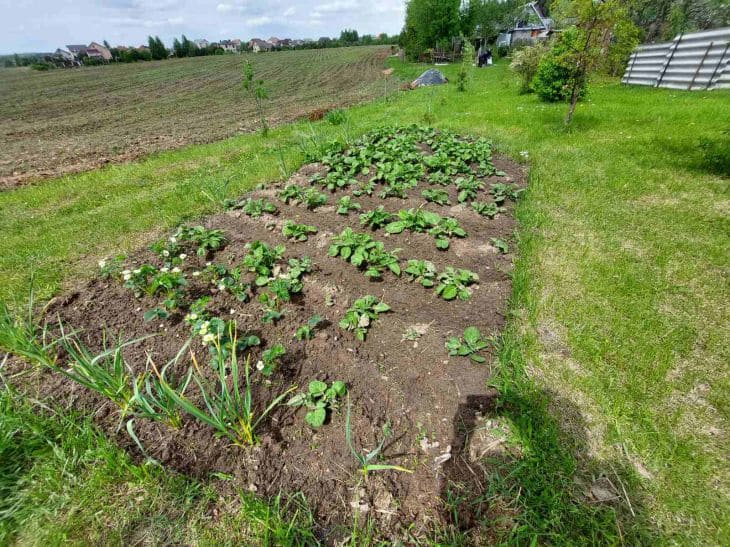What to plant after oilseed radish: the subtleties of crop rotation that will help you get an excellent harvest
Oilseed radish gets its name from the high fat content of its seeds.
It can be used to make vegetable oil, just like rapeseed. But in agriculture it is more often used as livestock feed, as a honey plant, and as a green manure crop.
The latter method of application has become especially widespread. And not only in large farms, but also in private plots.
However, this green manure has its own secrets, without knowing which the gardener risks being left without a harvest.
Therefore, it is necessary to study the intricacies of crop rotation in advance in order to always get excellent harvests.

What should not be planted after oilseed radish
Oilseed radish has one significant drawback. Many plants that are actively grown in gardens cannot be planted after it.
This crop belongs to the Cruciferae family, which means it has the same pests and diseases as other representatives of this family. And there are many such representatives. These are all types of cabbage, leaf mustard, arugula. This also includes cruciferous root crops, such as black and white radish, turnip, radish, daikon, rutabaga. If you plant these crops after green manure, the yield will be significantly lower.
They should also not be planted next to oilseed radish, as pests will immediately flock to it, especially the cruciferous flea beetle, which will destroy all cabbage plants around.
What is best to plant after oilseed radish
This green manure crop compensates for its shortcomings with several powerful advantages.
- Increases fertility and helps combat soil fatigue.
- Suppresses the development of diseases such as late blight, root rot and scab.
- Repels pests - mole crickets, cockchafer larvae, nematodes.
- Loosens even heavy soil.
- Enriches the soil with potassium and phosphorus.
These are not all the advantages of green manure, but in order to determine the most suitable follower crop, these are the most important ones.
Potatoes are affected by late blight and scab, they are loved by nematodes, mole crickets and cockchafer larvae. Potatoes give a good harvest on loose soils, and to form large tubers they need a lot of potassium and phosphorus. Therefore, potatoes will grow well after radishes. All "relatives" of potatoes will also feel great after such a predecessor - tomatoes, peppers, eggplants, physalis.
Another crop that will give a rich harvest after radish is garden strawberry. It also likes fertile loose soil, is often affected by nematodes and cockchafer larvae, and does not have common diseases and pests with the Cruciferae family.
Other crops can also be planted after oilseed radish, but nightshades and garden strawberries are best as follower crops.
